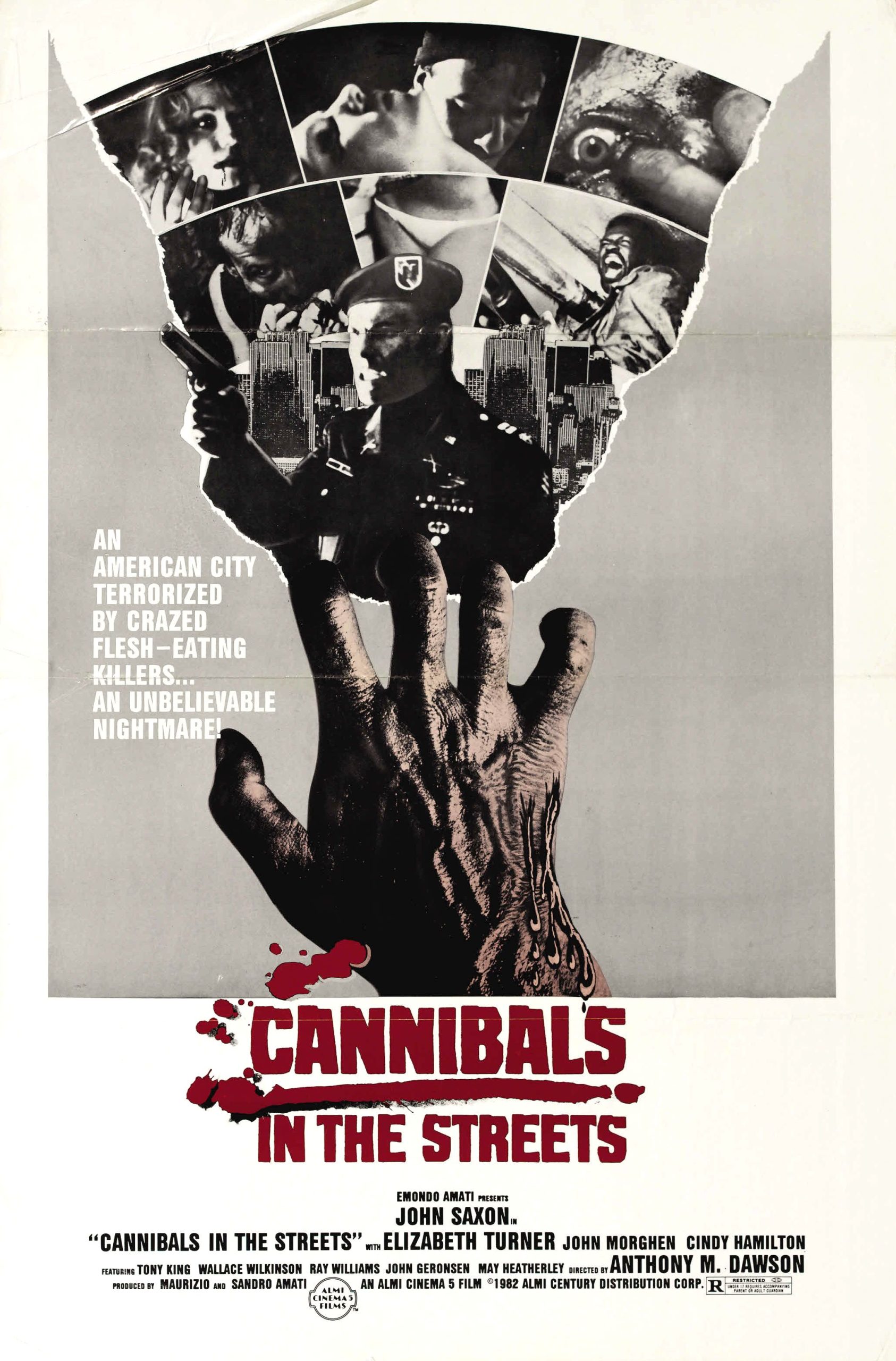I recently had the opportunity to revisit the 1980 horror film “Cannibals in the Streets” (also known as “Cannibal Apocalypse“), and I must say, it’s a fascinating entry in the cannibal subgenre that dominated Italian horror cinema in the late 70s and early 80s.
Directed by Antonio Margheriti under his pseudonym Anthony M. Dawson, “Cannibals in the Streets” stars John Saxon as Norman Hopper, a Vietnam veteran struggling with the psychological aftermath of the war. The film opens with a harrowing sequence set in Vietnam, where Hopper discovers two American POWs who have resorted to cannibalism. This encounter sets the stage for the rest of the film, as we follow Hopper and his fellow veterans as they grapple with a “contagious” urge to consume human flesh upon their return to civilian life.
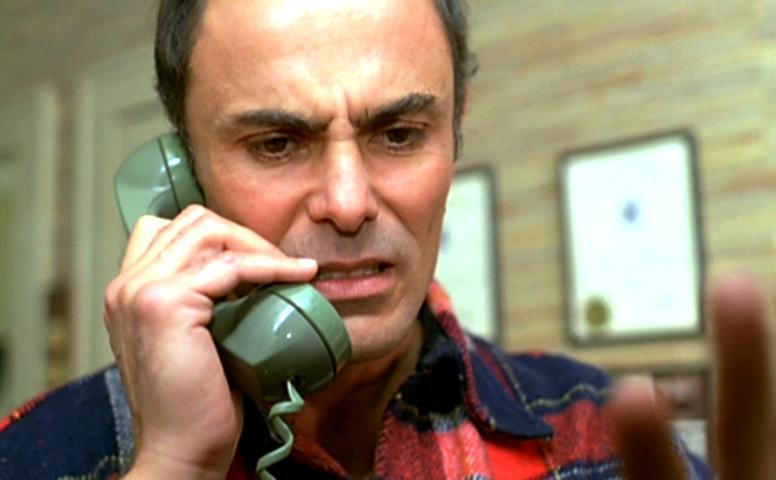

What struck me most about this film is how it attempts to blend multiple genres and themes. It’s part war movie, part zombie flick, and part psychological thriller. The Vietnam War serves as more than just a backdrop; it’s the catalyst for the horror that unfolds. The film suggests that the trauma of war has literally transformed these men into monsters, unable to reintegrate into society.
The performances are a mixed bag, but John Saxon brings a gravitas to his role that elevates the material. His portrayal of Hopper as a man fighting against his own impulses adds a layer of tragedy to the proceedings. The supporting cast, including Giovanni Lombardo Radice (credited as John Morghen) as the unhinged Charlie Bukowski, commits fully to the insanity of the premise.
Visually, the film has a gritty, almost documentary-like quality in parts, which adds to its unsettling nature. The urban setting of Atlanta provides an interesting contrast to the jungle environments typically associated with cannibal films of this era. Margheriti makes effective use of the city’s sewers and abandoned buildings to create a sense of claustrophobia and decay.
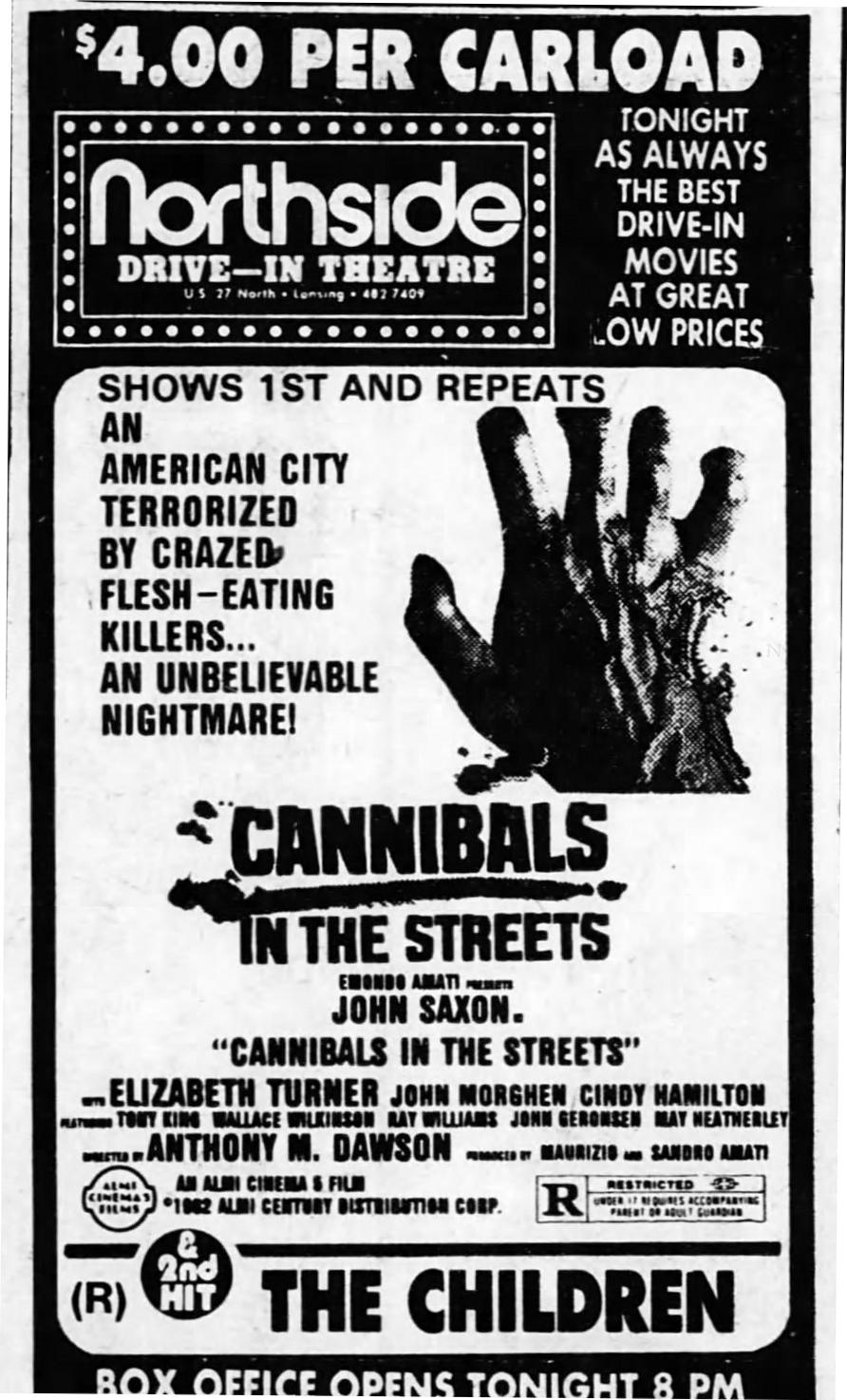

The gore effects, while not as extreme as some of its contemporaries like “Cannibal Holocaust,” are still quite effective. There are several memorable set pieces, including a particularly gruesome scene involving a circular saw, that will satisfy horror fans looking for visceral thrills. However, it’s worth noting that the violence serves a purpose beyond mere shock value, often emphasizing the characters’ loss of humanity.
What I found most intriguing about “Cannibals in the Streets” is its attempt to ground its horror in a real-world context. By linking cannibalism to PTSD and the psychological toll of war, the film offers a commentary on the way society often fails to support veterans upon their return home. The “contagious” nature of the cannibal urge can be seen as a metaphor for how trauma can spread and affect entire communities.
The film’s pacing is generally solid, with tension building steadily throughout. However, there are moments where the narrative loses focus, particularly in some of the action sequences that feel more at home in a standard crime thriller than a horror film. The tonal shifts can be jarring at times, but they also contribute to the overall sense of unease and unpredictability.
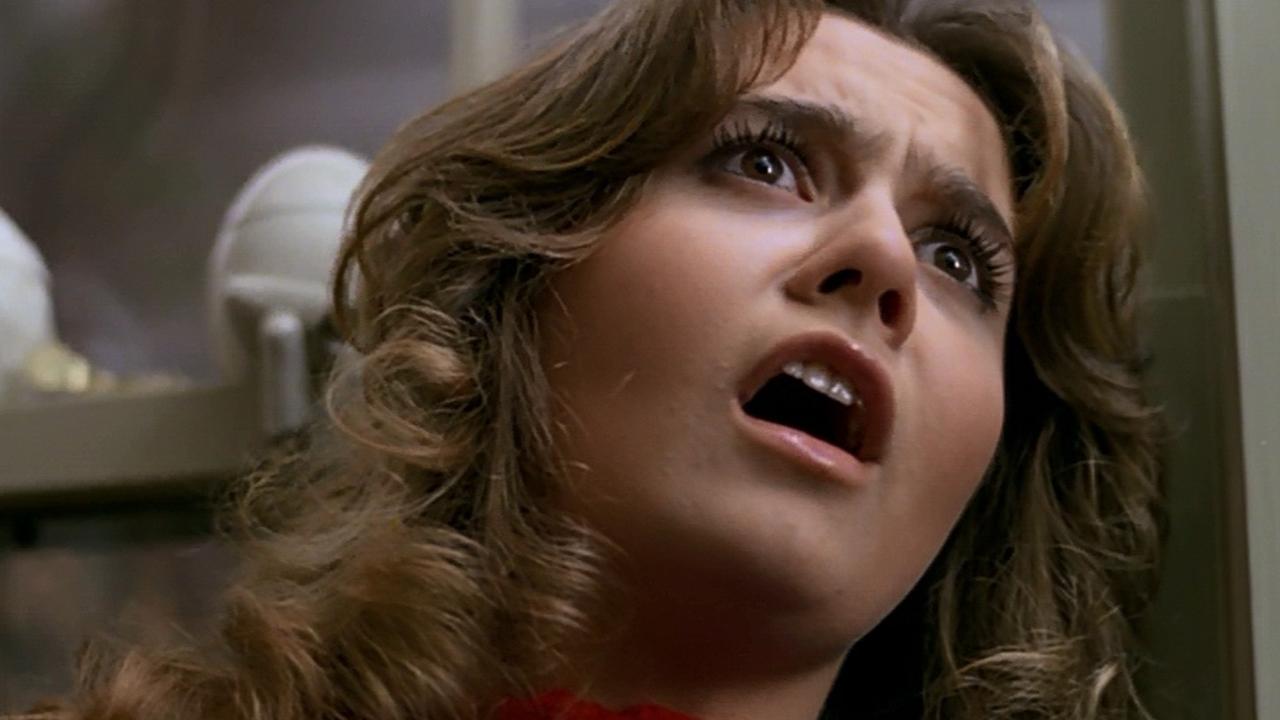

One aspect that might be divisive for modern viewers is the film’s soundtrack. The funky, synth-heavy score by Alexander Blonksteiner is very much a product of its time. While it may not always match the on-screen action, it does add to the film’s unique atmosphere and has a certain charm that fans of 80s genre cinema will appreciate.
As the film progresses towards its climax in Atlanta’s sewers, it takes on an almost surreal quality. The lines between reality and the characters’ war-time flashbacks blur, creating a disorienting experience that mirrors the protagonists’ mental states. The ending, while bleak, feels fitting given the themes explored throughout the film.
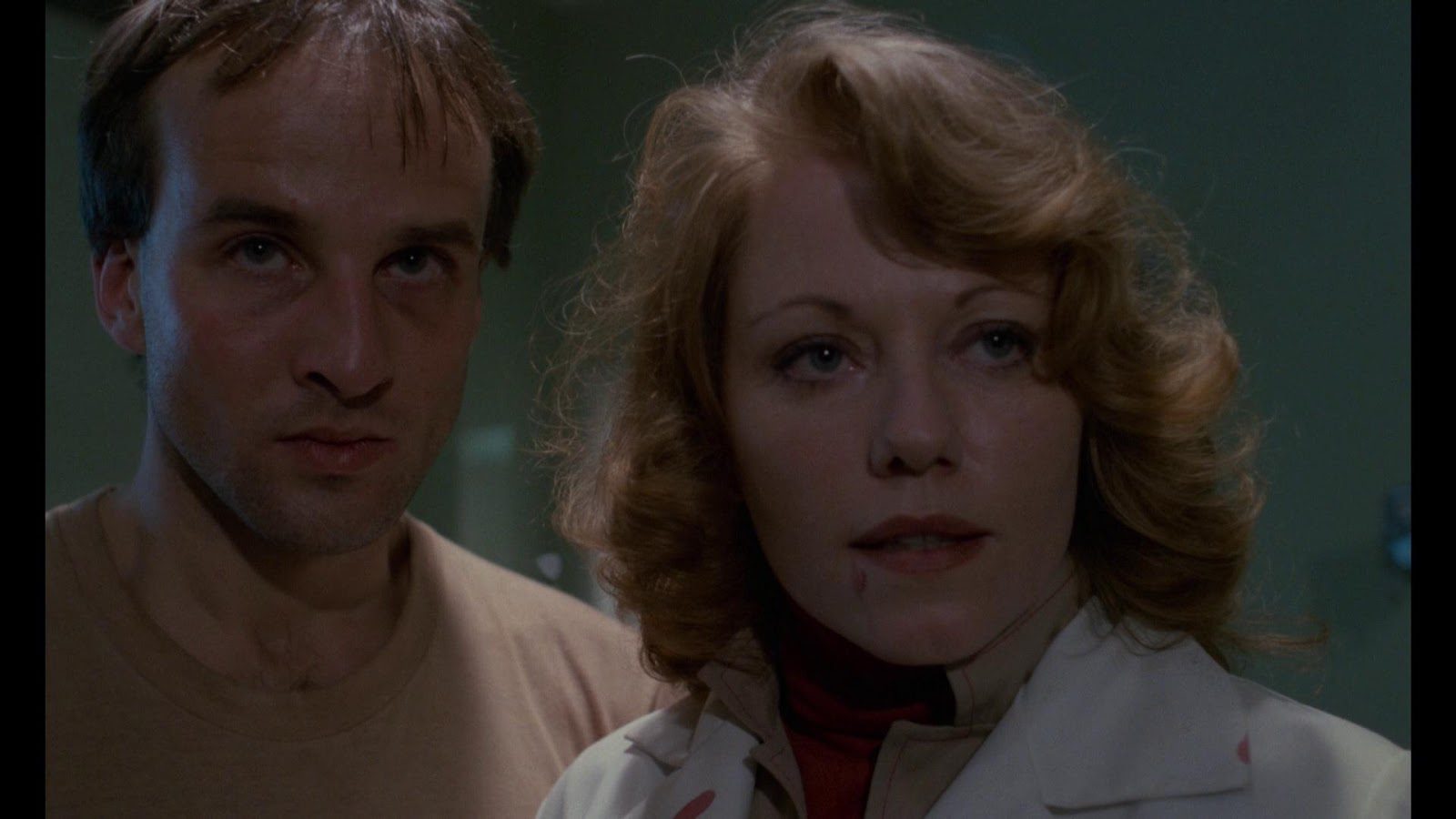

Reflecting on “Cannibals in the Streets,” I’m struck by how it manages to be both a product of its time and oddly prescient. Its exploration of the long-term effects of war on soldiers and society at large feels relevant even today. While it may not have the notoriety of some other cannibal films of its era, I find it to be a thought-provoking and underappreciated entry in the genre.
For horror fans, particularly those interested in Italian genre cinema of the 1980s, “Cannibals in the Streets” is definitely worth a watch. It offers a unique blend of war trauma, body horror, and social commentary that sets it apart from more straightforward cannibal exploitation films. While it may not be for everyone due to its graphic content and sometimes uneven execution, those willing to look beyond its surface-level shocks will find a film with surprising depth and resonance.


























































![Mason Ramsey – Twang [Official Music Video] Mason Ramsey – Twang [Official Music Video]](https://i.ytimg.com/vi/xwe8F_AhLY0/maxresdefault.jpg)





